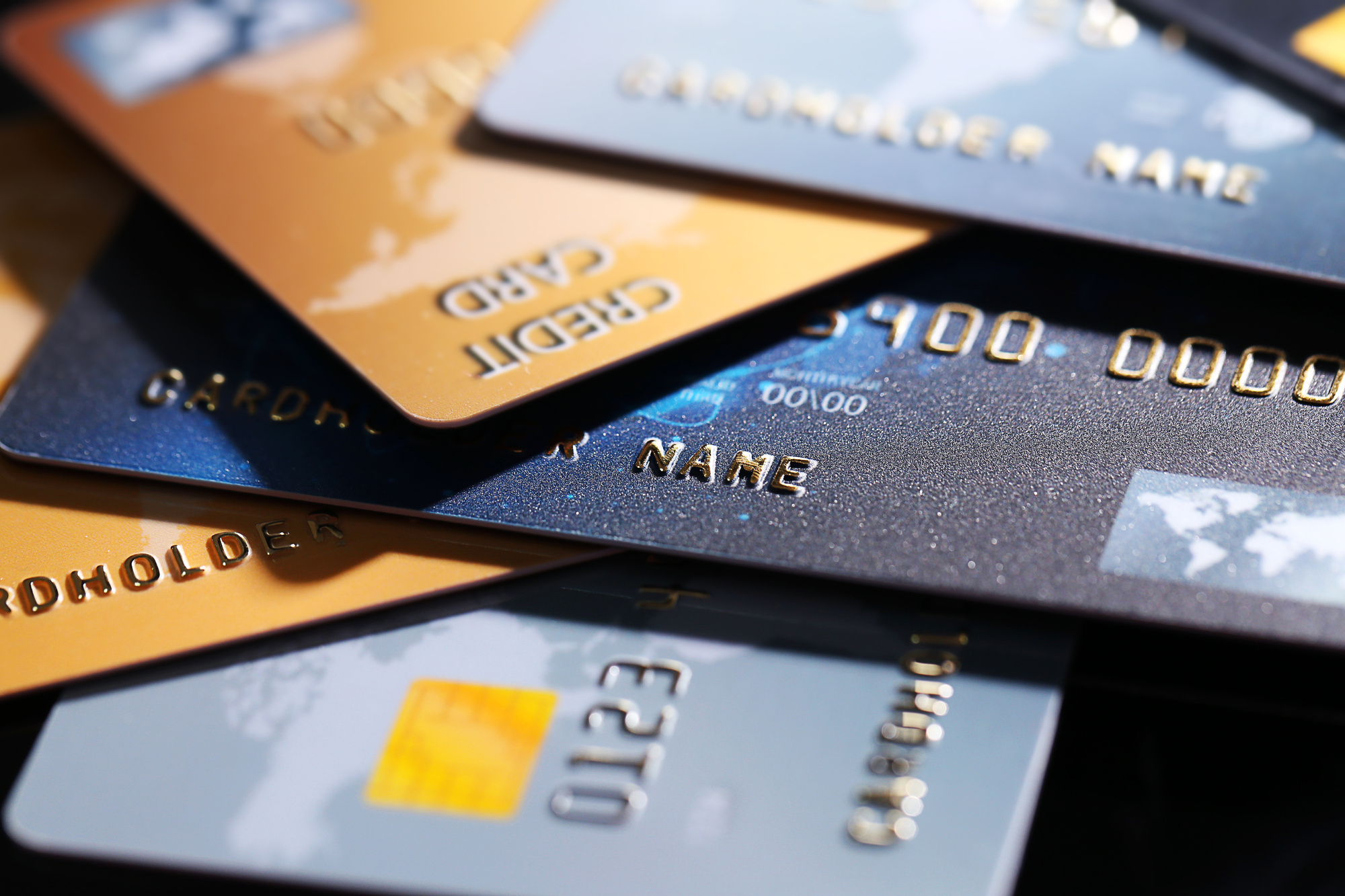Research from 2019 revealed that 70% of people with credit card debt couldn’t pay it off by the end of the year.
While credit cards can be great resources, they can also lead to overwhelming debt if you’re unable to keep up with the mounting expenses.
That’s why it’s smart to be informed before you even sign up for one. Today, we’re sharing seven first credit card tips for the beginning applicant. Read on to learn what to expect and how to get started on the right foot.
1. Credit Cards Are Not Debit Cards
Not all wallet-sized pieces of plastic are created equal. Though a credit and debit card might look similar, they do not operate the same way.
Using a credit card is like taking out a short-term loan any time you want to purchase something. On the other hand, a debit card is linked directly to your checking account and draws funds from there.
Moreover, a credit card also carries interest, which you’ll incur if you don’t pay your bill in full before the billing cycle ends.
2. There Are Two Kinds
There are two kinds of credit cards available: secured and unsecured.
A secured card requires a cash deposit when you apply. If you have little or no credit and can’t prove your financial stability, this is often the best way to go.
The only caveat? With a secured card, your available funds often equal the amount of your deposit. That means you can’t spend above that amount.
Conversely, an unsecured card does not require an initial deposit. Its limit hinges on your credit history and current income.
3. Some Have Nonstandard Fees
While there are fees associated with almost every credit card, some of those are considered nonstandard, or atypical.
These are extra charges tacked on to your regular monthly payments. A few examples include:
- Conversion fees
- Audit fees
- Technology fees
- Security fees
If possible, look for cards that don’t include these additional expenses. A reputable credit card company will be honest about any fees it charges. You might even find some that eschew certain standard fees, such as annual fees, altogether.
Especially if you only plan to use your credit card for certain, infrequent expenses, a card that doesn’t carry an annual fee is ideal. They can run up to $300 or more per year, and that’s more money back in your pocket.
4. The APR is Important
The financial industry is replete with acronyms, and APR is one of them.
Standing for Annual Percentage Rate, it’s your interest rate stated as a yearly percentage. It also includes any extra fees that your loan requires. In other words, it’s the total price you pay to borrow money.
Some APRs can be 30% or higher, so it’s important to do your homework when researching the best terms. In addition to a purchase APR, you might also see the following types:
- Balance transfer APR
- Cash advance APR
- Penalty APR
5. The Minimum Payment is a Starting Point
Yes, you can simply pay the minimum amount due on your credit card bill every month. The only problem? It can be nearly impossible to get out of debt this way.
It’s always best to pay off your credit card in full, every month. Doing so helps you stay on top of your spending and ensure that you’re not buying things you can’t afford.
To determine how much “extra” you can apply on top of your investment, create a simple budget.
Determine if there are any avoidable expenses (e.g. magazine subscriptions) that you can forego. Use that money to chip away at your minimum payment, one step at a time.
6. Research Benefits Thoroughly
There’s definitely an upside to applying for the right credit card. In addition to helping you save and spend more wisely, many come with great benefits! These can include:
- Air travel miles
- Retail discounts
- Gift cards
- Cash back on certain purchases
Of course, when you’re shopping around, credit card companies are quick to highlight these perks. Yet, don’t forget to read the fine print. Many come with stipulations that you must meet or risk losing the reward.
For instance, cash back sounds wonderful. However, the company might limit that benefit to certain, qualified purchases only. Or, you might see that percentage change every quarter.
Take the time to review the terms and conditions of your credit card application, including any extras.
7. It’s a Legal Contract
You can’t afford to be wishy-washy or non-committal with a credit card. At the same time, you can’t cast all rules and reverence aside and use it to rack up all the purchases you want.
When you apply for a credit card, you enter into a legally binding contract with the issuer. Before you sign on the dotted line, you need to make sure you’re comfortable with all terms set before you, including:
- All fees
- APR percentages
- Credit limits
If you fail to comply with any of these terms, you could face serious legal and professional ramifications. This is a binding agreement that you’ll need to follow through or else skip starting altogether.
Apply These First Credit Card Tips, Starting Today
Are you wondering whether you should apply for a credit card or not? If so, you’ve come to the right place.
The above first credit card tips are critical to making sure that the application process itself goes as smoothly as possible. When you know what to expect, you can discern the red flags and glaring question marks more easily than ever before.
Once you’re approved, you’re well on your way toward smarter spending. With your card in hand, be sure to stay diligent with your resources. Overspending can leave you head over heels in debt, and it can be difficult to find a way out.
Looking for advice on how to consolidate your loans, rebuild your savings, and kiss credit card debt goodbye for good? Our online platform can match you with the debt consolidation loan that’s right for you.
Contact us today to learn more and let’s connect.




